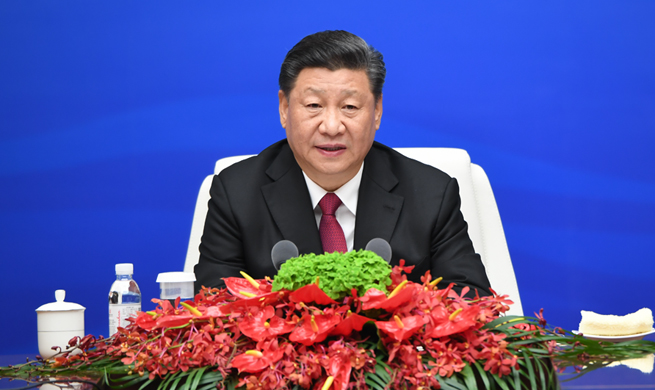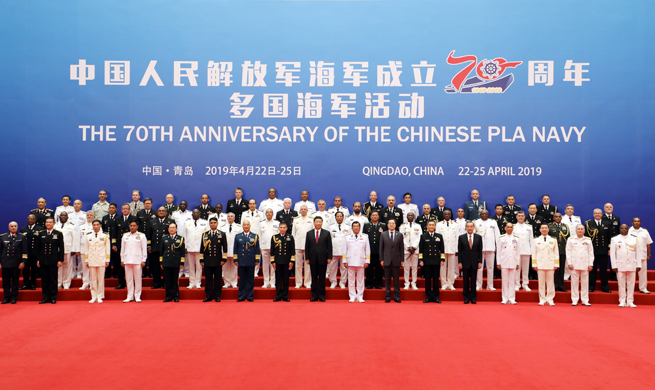LONDON, April 23 (Xinhua) -- A new technology may lead to the development of a new generation of smart surgical glues and dressings for chronic wounds, according to a study released on Tuesday by the University of Bristol.
A team of researchers from the university modified the membrane of human mesenchymal stem cells (hMSCs) with an enzyme, known as thrombin, which is involved in the wound healing process.
When the modified cells were placed in a solution containing the blood protein fibrinogen, they automatically welded together through the growth of a natural hydrogel from the surface of the cells, according to the study.
The team's findings could increase the possibilities in tissue engineering for chronic wound healing, especially because the process uses fibrinogen, which is abundant in blood.
The researchers have also shown that the resulting three dimensional cellular structures could be used for tissue engineering.
"We have developed a completely new technology that allows cells to grow their own artificial extracellular matrix, enabling cells to protect themselves and allowing them to thrive after transplantation," said Dr Adam Perriman from the University of Bristol.
The study has been published in the journal Nature Communications.












